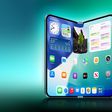Amazon Prime Big Deal Days is coming to a close later today, so we're quickly recapping all of the best Apple and Apple-related deals that are still live on Amazon right now. Since many of these products have been on sale for a few days, shipping may be delayed, but they're all at some of the lowest prices we've ever seen.
 Note: MacRumors is an affiliate partner with some of these vendors. When you click a link and make a purchase, we may receive a small payment, which helps us keep the site running.
Note: MacRumors is an affiliate partner with some of these vendors. When you click a link and make a purchase, we may receive a small payment, which helps us keep the site running.
Amazon Prime Day requires you to have an Amazon Prime membership to take advantage of the discounts. Amazon Prime costs $14.99 per month or $139.00 per year, and it comes with a 30-day free trial for new subscribers.
Special for 2025, Amazon is also offering a free six month trial to Prime for Young Adults right now. Prime for Young Adults is a discounted Prime membership for anyone age 18-24 that offers all of the Prime benefits at $69.00 per year, half of the price of regular Prime.
AirPods

Numerous AirPods models have been discounted this week, with the most notable being the AirPods 4 for $89.00, down from $129.00. You'll also find a solid discount on the AirPods Pro 2 during this event.
iPads

We saw big discounts on numerous iPad models for Prime Big Deal Days, and all of these are still available right now. You can get all-time low prices on the 11-inch iPad and iPad mini 7, plus $150 off the iPad Air.
MacBook Air

Amazon has all-time lows across every model of the M4 MacBook Air for Prime Day. In total, you'll find $200 off the M4 MacBook Air notebook right now, with both 13-inch and 15-inch models on sale.
Accessories

There are a few accessories on sale during Prime Day, including a new all-time low price on the iPhone 17 Pro TechWoven Case, now available for $44.00, down from $59.00. You'll also find great deals on Apple Pencil Pro, MagSafe Charger, and the AirTag 4-Pack.
- MagSafe Charger (2m) - $29.00, down from $49.00
- iPhone 17 Pro Silicone Case - $37.00, down from $49.00
- iPhone 17 Pro TechWoven Case - $44.00, down from $59.00
- iPhone 17 Pro Max Silicone Case - $37.00, down from $49.00
- iPhone 17 Pro Max TechWoven Case - $44.00, down from $59.00
- AirTag 4-Pack - $64.99, down from $99.00
- Apple Pencil Pro - $99.00, down from $129.00
If you're on the hunt for more discounts, be sure to visit our Apple Deals roundup where we recap the best Apple-related bargains of the past week.
Deals Newsletter
Interested in hearing more about the best deals you can find as we head into the holidays? Sign up for our Deals Newsletter and we'll keep you updated so you don't miss the biggest deals of the season!


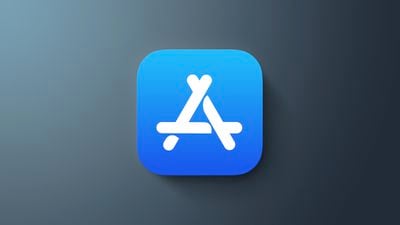


 Note: MacRumors is an affiliate partner with Amazon. When you click a link and make a purchase, we may receive a small payment, which helps us keep the site running.
Note: MacRumors is an affiliate partner with Amazon. When you click a link and make a purchase, we may receive a small payment, which helps us keep the site running.

 Note: MacRumors is an affiliate partner with Amazon. When you click a link and make a purchase, we may receive a small payment, which helps us keep the site running.
Note: MacRumors is an affiliate partner with Amazon. When you click a link and make a purchase, we may receive a small payment, which helps us keep the site running. Note: MacRumors is an affiliate partner with some of these vendors. When you click a link and make a purchase, we may receive a small payment, which helps us keep the site running.
Note: MacRumors is an affiliate partner with some of these vendors. When you click a link and make a purchase, we may receive a small payment, which helps us keep the site running.






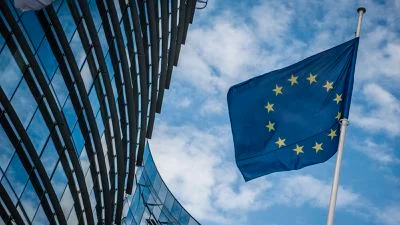


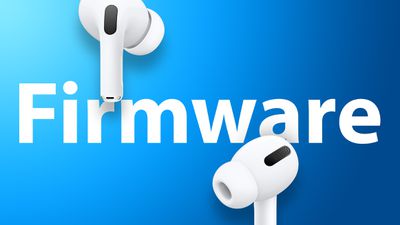





 Note: MacRumors is an affiliate partner with Amazon. When you click a link and make a purchase, we may receive a small payment, which helps us keep the site running.
Note: MacRumors is an affiliate partner with Amazon. When you click a link and make a purchase, we may receive a small payment, which helps us keep the site running.



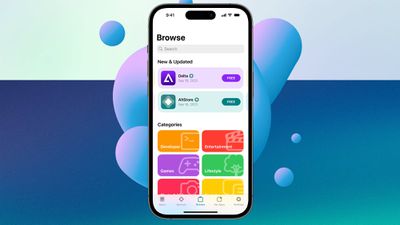
 Note: MacRumors is an affiliate partner with some of these vendors. When you click a link and make a purchase, we may receive a small payment, which helps us keep the site running.
Note: MacRumors is an affiliate partner with some of these vendors. When you click a link and make a purchase, we may receive a small payment, which helps us keep the site running.












